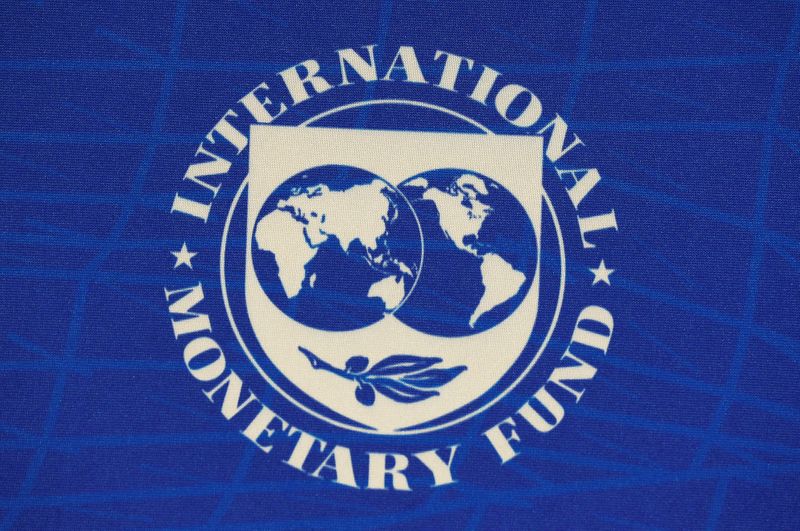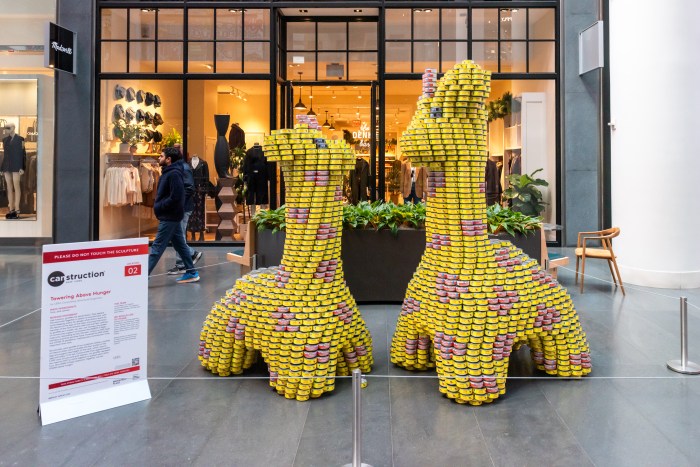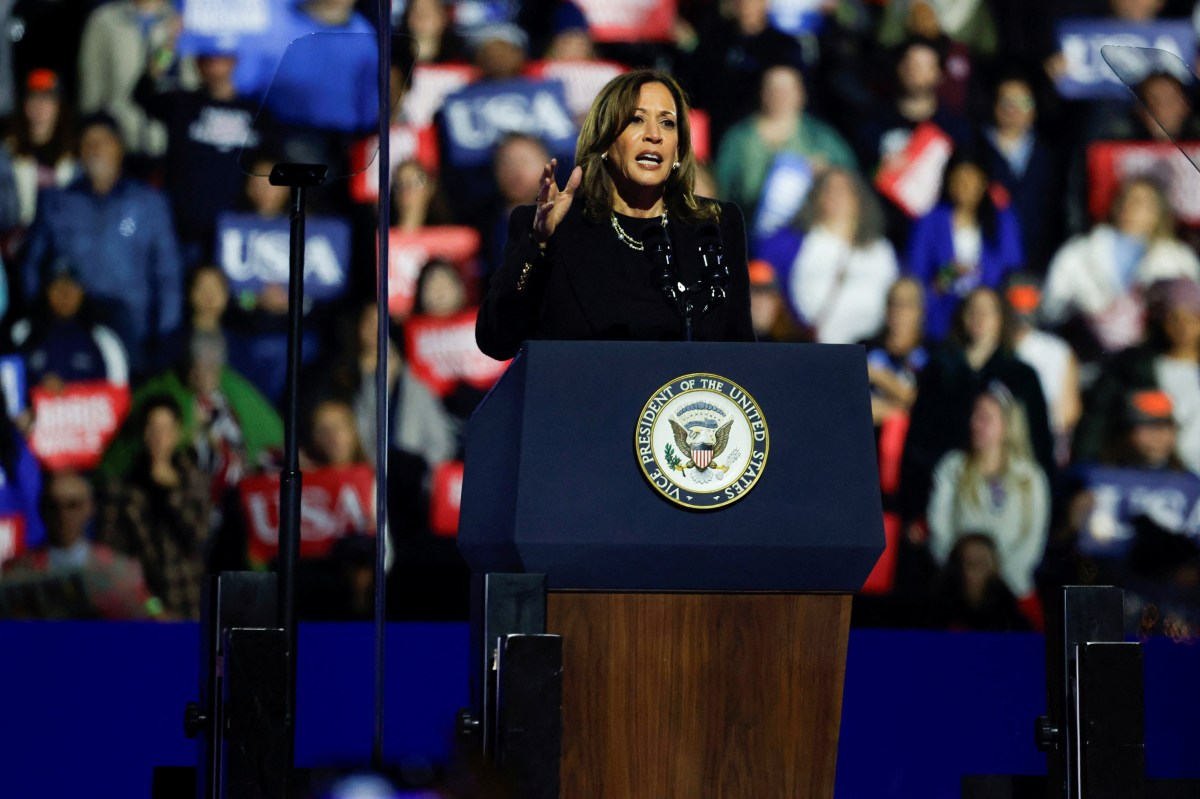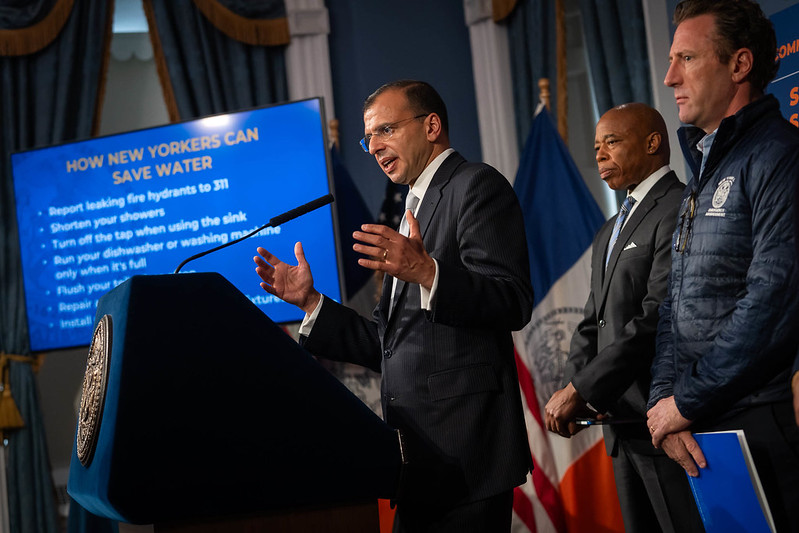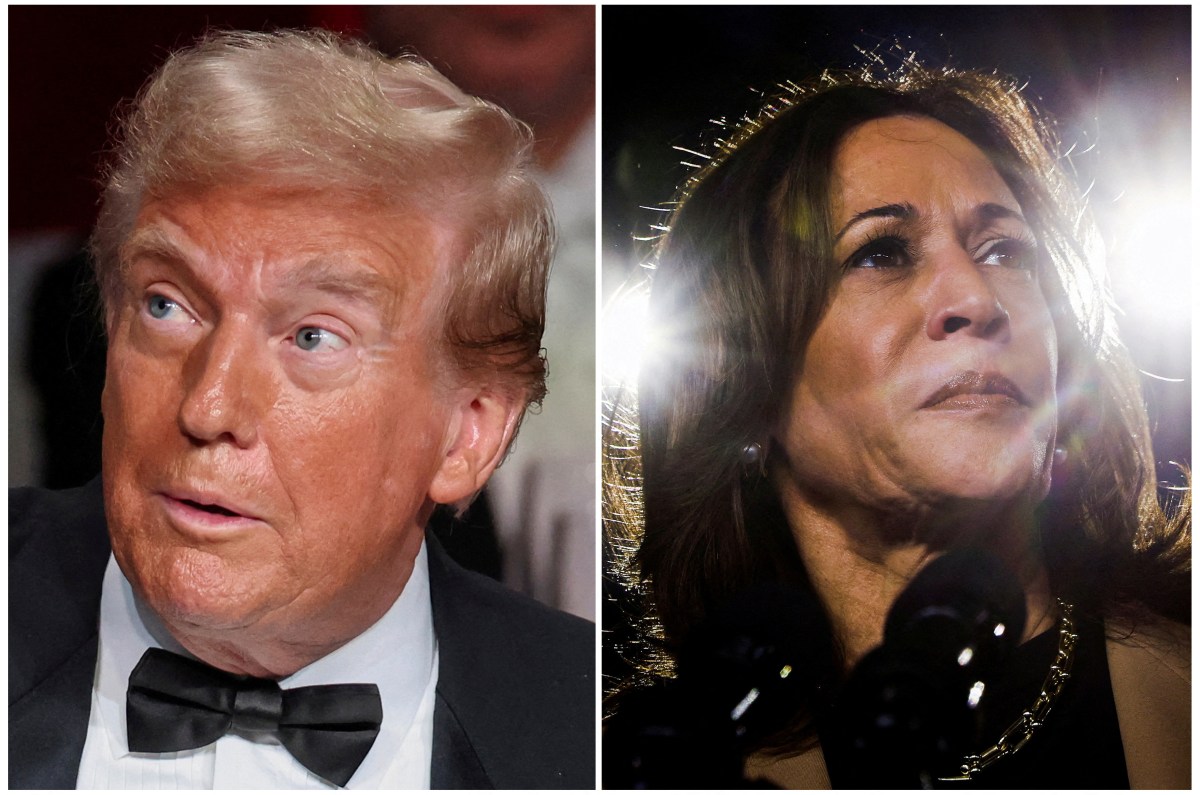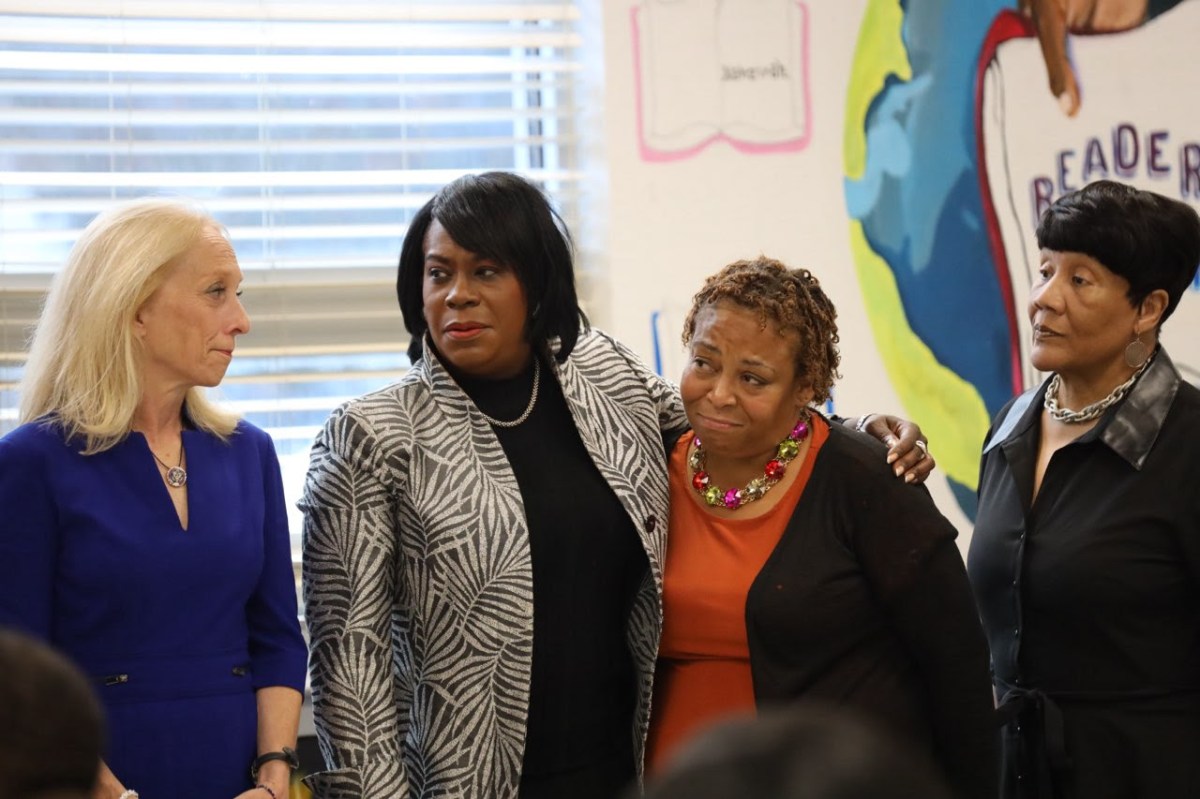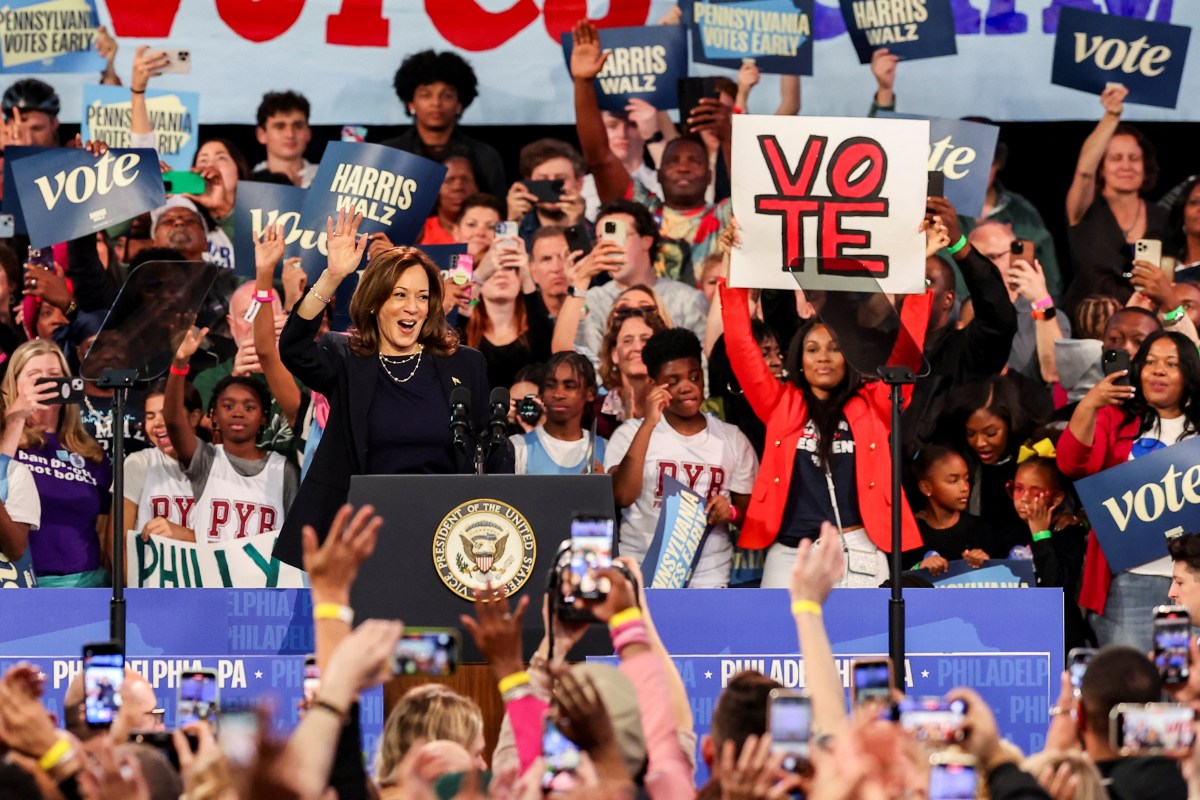WASHINGTON (Reuters) – Current demand for the IMF’s new short-term liquidity line could reach $50 billion from several countries, IMF officials said on Wednesday, saying the facility could help countries address liquidity needs before they morphed into bigger problems.
The International Monetary Fund is in talks with several unnamed countries about using the facility, the official said, but declined to name them.
The new instrument was approved by the IMF’s executive board last week to help some of its members deal with widespread liquidity issues caused by the rapidly spreading COVID-19 pandemic caused by the novel coronavirus, which has triggered a deep global recession.
The global lender is racing to expand its toolkit to help more than 100 of its 189 member countries that are seeking help to deal with the health and economic fallout from the pandemic.
In a blog published on the Fund’s website, IMF First Deputy Managing Director Geoffrey Okamoto said the new instrument would provide additional liquidity to countries that could not benefit from swaps offered by the Federal Reserve and other countries, filling a “critical gap in the global financial safety net.”
IMF officials said use of the revolving liquidity line will be limited to countries that have very strong fundamentals and policy frameworks, are not eligible for concessional financing, and are not part of the Euro zone, the officials said.
Initially some 10 to 20 countries would be eligible to use it, but the number could change, they said.
“When the global capital pipelines freeze up, a short-term liquidity problem can quickly slide into a deeper and longer-lasting solvency problem. A liquidity line that is available on demand can be a lifeline in such cases,” Okamoto wrote.
The IMF’s granting of a short-term liquidity line (SLL) to a country will signal the Fund’s “endorsement of their very strong policy frameworks and institutions to markets”, he said, which in turn could lower their borrowing costs and provide support during volatile times.
The SLL will allow repeated drawdown and repayment during its 12-month duration, acting much like a credit card, where money can be drawn and replenished up to a limit, Okamoto wrote.
Successor arrangements were possible as long as the member continued to qualify, and still had a special balance of payment need, he said. It would carry a fee structure of 8 basis points, or $800,000 for a $1 billion credit line.
IMF officials said there had been “robust debate” among members about the IMF’s proposal for a new Special Drawing Rights allocation, a move akin to a central bank “printing” new money, with the United States and other members in opposition.
While no allocation was likely “today or tomorrow,” the Fund still saw merit in exploring a new allocation, said one of the officials. The IMF was also encouraging richer members to donate their existing SDRs for use in offering concessional lending to poorer countries, the officials said.
(Reporting by Andrea Shalal; additional reporting by David Lawder; Editing by Chris Reese and Diane Craft)

